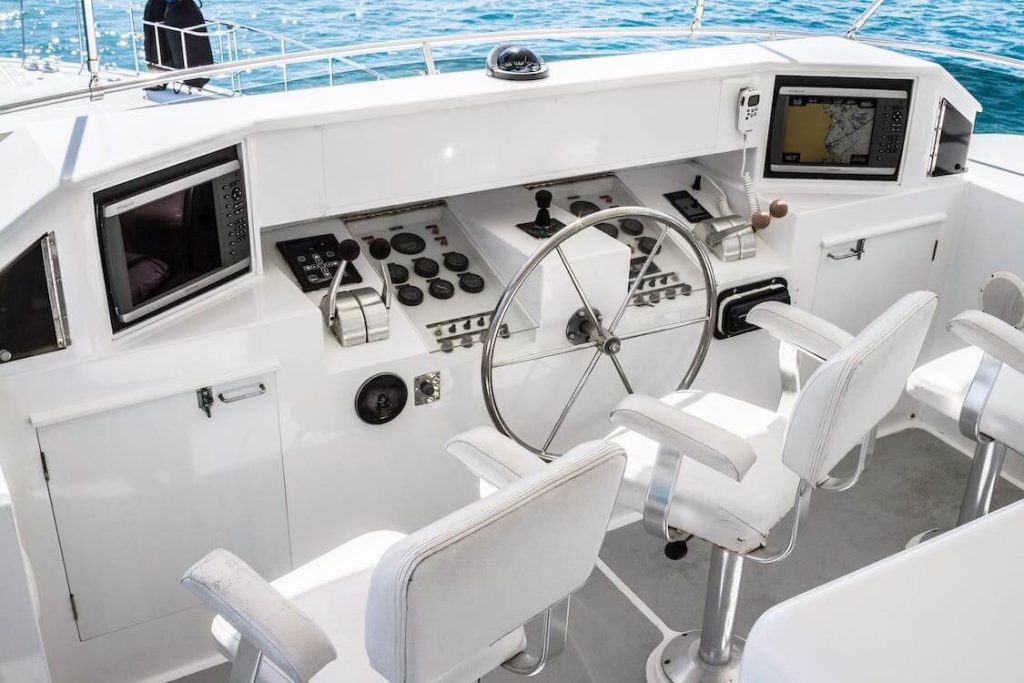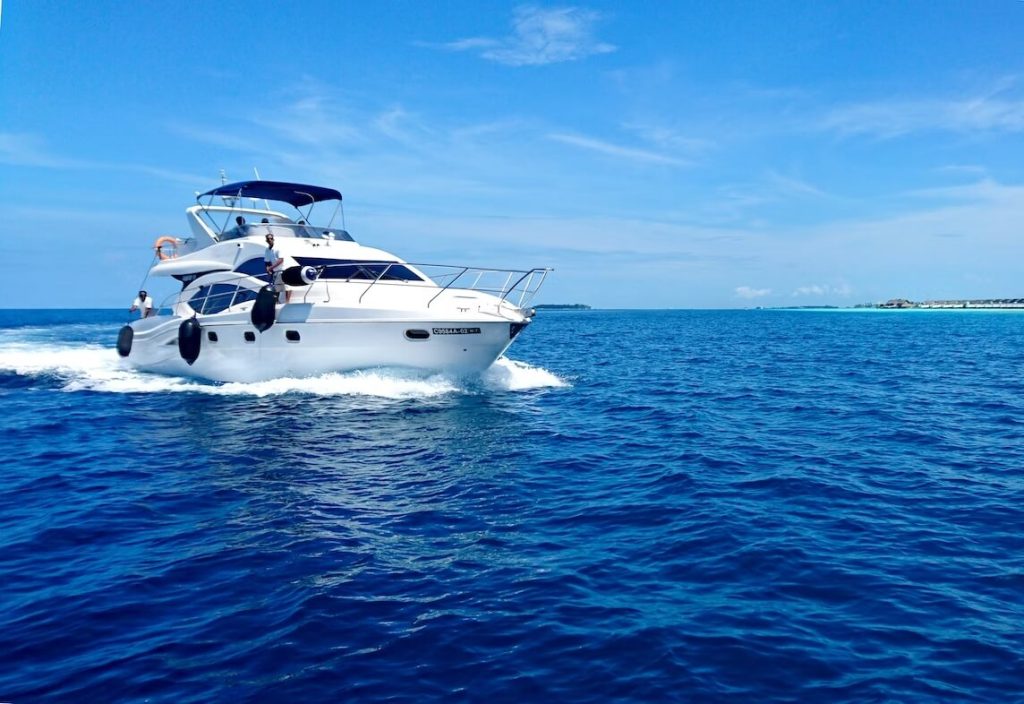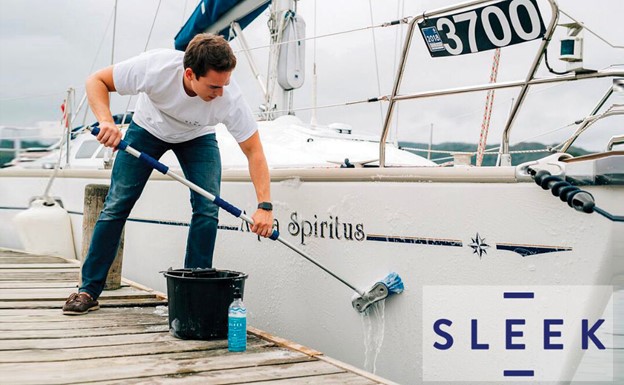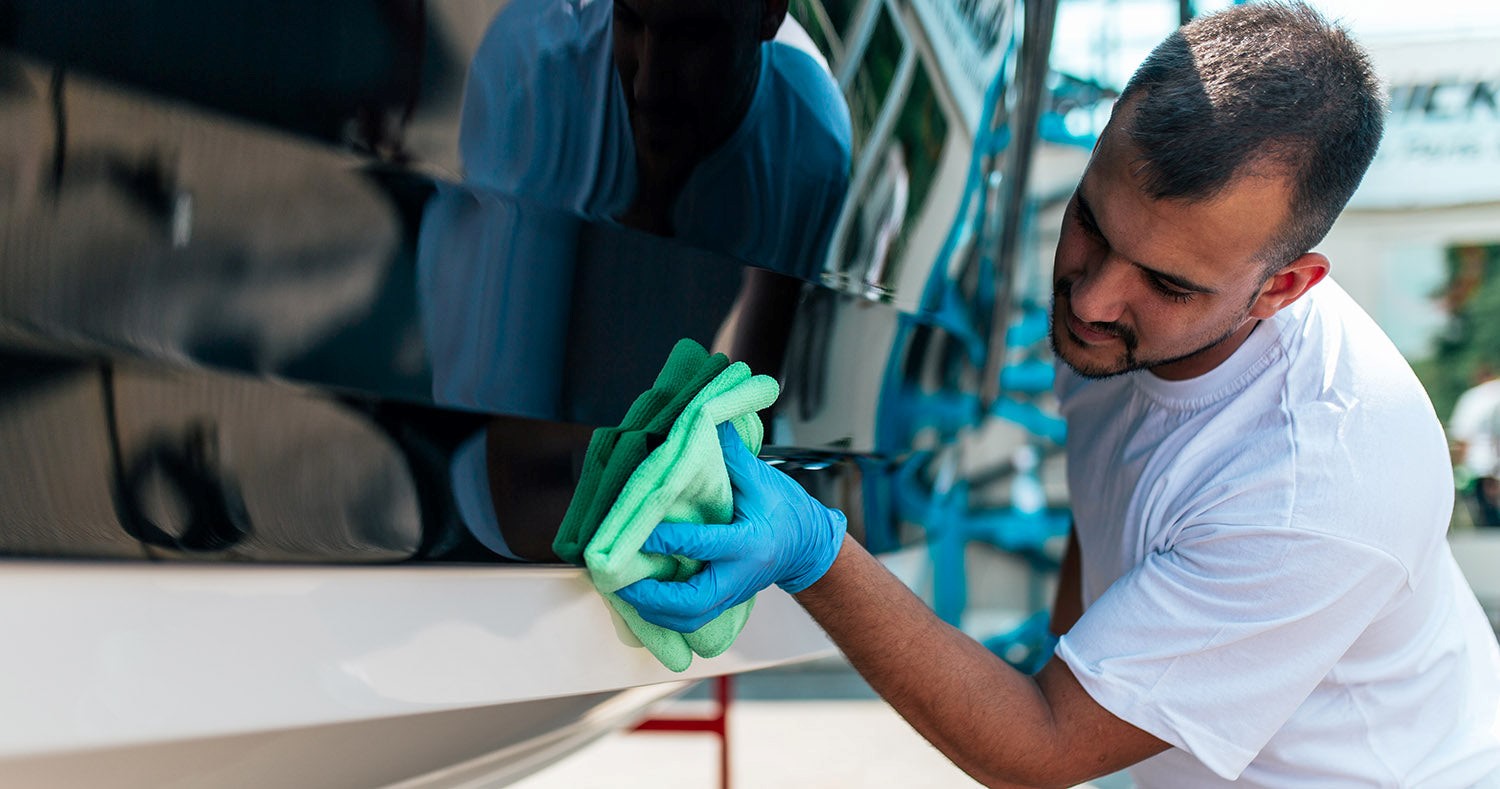
As a boat enthusiast and experienced sea voyager, I’m often asked how to repair boat seats. After all, the last thing you want is an uncomfortable seat when you’re out on the water! Instead, you need something that’s comfortable and looks good too. Well, here’s what I recommend: with a little patience and some basic supplies, anyone can make their old boat seats look brand new again. In this article, I’ll outline everything you need to know about how to repair boat seats in a few easy steps. So if you’re ready to get started, let’s dive right in!
1. Materials Needed To Repair Boat Seats
To get started, you’ll need some marine fabric, vinyl adhesive, foam padding, and sewing thread. Make sure the material is suitable for your project – check on quality, as this will affect the outcome of the repair boat seats job. Once the materials are ready, it’s time to move on to cleaning and preparation.
2. Cleaning And Preparation
This stage of the project involves preparing the surface of the seat for repairs or maintenance. It’s important to use only marine-grade cleaners that won’t damage surfaces while removing dirt, grime, and stains. In addition, look for specialized products designed specifically for boats.
Be sure to do an overall assessment before moving forward with any additional work. Ensure you’ve adequately cleaned and prepped each area so everything will go smoothly when it comes to repair boat seats or boat maintenance management tasks. Once you’re confident in your setup, you can move on to more complex techniques like reupholstering or patching damaged areas.
3. Repair Boat Seats Techniques
Upholstery specialists often start by patching holes or tears in the seat’s fabric using various specialized materials and supplies. Next, I’ll use adhesive to attach foam padding directly onto the surface of the seat for added cushioning and comfort. After that, I’ll apply a coat of vinyl paint to seal up any areas where the tasks to repair boat seats were made.
Finally, I’ll ensure all seams are firmly secured before moving on to the finishing touches. With these steps complete, you’re well on your way to repair boat seats!
4. Finishing Touches
Now that you’ve completed the task to repair boat seats, it’s time to tidy up and ensure everything looks neat. I recommend focusing on three areas: fabric adhesive, cushion stuffing, and marine vinyl.
- To ensure a seamless finish with your fabric adhesive, apply it evenly across the entire patch before pressing firmly against the existing material.
- When filling in any visible cracks or crevices with cushion stuffing, use enough material so that all parts of the seat foam are filled out uniformly.
- Lastly, to give your seats extra protection from water damage and wear and tear, cover them completely with marine vinyl.
These finishing touches will help keep your newly repaired boat seats looking their best for years to come! With just a few small adjustments here and there, you can be confident knowing that you did a great job repairing these valuable pieces of equipment.
5. Maintenance Tips
When it comes to repair boat seat maintenance, there are a few important tips that should always be kept in mind. Here are a few key maintenance tips to keep your boat seats looking new for longer:
- Clean regularly – Regularly cleaning your boat seats is one of the best ways to ensure they remain in good condition. Use specially designed cleaners that won’t strip away any protective coatings or cause damage. A mild soap solution can also do the trick!
- Protect against UV rays – The sun’s UV rays can wreak havoc on fabric-based material like vinyl upholstery, so make sure you use an appropriate protection spray when out on the water. This will help protect your seats from fading, cracking, and tearing due to prolonged exposure to direct sunlight.
- Proper storage – When not using your boat, store it correctly by covering it with a tarp or putting it in a garage or shed where it won’t be exposed to excessive moisture or temperature extremes. Doing this will go a long way toward preserving your boat’s seating surfaces over time.
These finishing touches will help keep your newly finished repair boat seats looking their best for years to come! With just a few small adjustments here and there, you can be confident knowing that you did a great job repairing these valuable pieces of equipment.

Frequently Asked Questions On How To Repair Boat Seats
What Type Of Fabrics Are Best To Repair Boat Seats?
The truth is that many different types of fabrics are ideal for the marine and outdoor seating. From waterproof materials like vinyl or canvas to breathable options such as microfiber or mesh, the possibilities are endless.
For a long-lasting solution, here’s a list of some popular fabrics used to repair boat seats:
- Vinyl/Canvas Fabrics
- Waterproof – Ideal for seating areas exposed to water splashes or rain
- Durable – Great for high-traffic areas and frequent use
- Vinyl/Canvas Fabrics
- Microfiber Fabrics
- Soft Touch – Perfect for a luxurious feel with superior comfort
- Stain Resistant – Easy clean up and maintenance
No matter which fabric you choose, invest in quality materials when fixing your boat seats. In addition, I recommend looking for products made specifically for marine applications and UV treated if possible; this will ensure they last longer, even under harsh conditions!
What Is The Best Way To Get Rid Of Mold And Mildew On Boat Seats?
Mold and mildew can be a real problem regarding repair boat seats. These fungi can quickly spread on the fabric of your upholstery, creating an unsightly mess.
The key to removing mold and mildew from boat seats is acting fast. If caught early enough, you may be able to simply spot clean with a solution made of lukewarm water and detergent or bleach. For tougher cases, you will need more powerful products such as vinegar or baking soda solutions that can kill off any existing growths while preventing new ones from forming. It’s important to note that applying too much pressure during cleaning could further damage your boat seat fabrics, so take care when scrubbing away at stubborn spots.
How Often Should Boat Seats Be Inspected For Damage?
Repair boat seat checkups help identify any damage that might be present and prevent further wear and tear on the upholstery fabric. Inspecting your boat’s seats at least once a month should become part of your regular boating maintenance routine. This will ensure you avoid potential issues before they become more serious.
Carefully examine all areas of the seat for signs of fraying, cracking, tears, or fading in the fabric. Also, look for mold or mildew buildup around seams and creases, which could lead to further deterioration over time.
What Type Of Glue Should Be Used To Repair Boat Seats?
When it comes to the task to repair boat seats, the type of glue you use is very important. There are a few considerations when selecting the right adhesive for your needs:
- Epoxy Glue:
- Best used on metal surfaces such as bolts and screws.
- It can also be used on wood surfaces but should only be done in small areas as it takes longer to set than other types of glue.
- It has great gap-filling capabilities making it ideal for large cracks or holes in your boat seats.
- Epoxy Glue:
- Polyurethane Glue:
- A superior choice for covering larger areas like entire cushion covers or securing loose piping around the edges of cushions.
- Works well in wet and dry environments providing exceptional flexibility that helps prevent cracking due to temperature changes and sun exposure.
- Highly resistant to solvents, mildew, and UV rays, it’s perfect for outdoor use on boats exposed to harsh elements all year round.
- Polyurethane Glue:
No matter what type of adhesive you decide on, follow directions carefully so that you end up with a long-lasting repair job that looks good too! Along with regular inspections, you can keep your boat looking its best throughout its life span!
What Is The Best Way To Protect Boat Seats From UV Damage?
Protecting boat seats is an important part of regular upholstery maintenance. Fabrics with built-in protection will be more resistant to the long-term effects of UV radiation than those without any protection. Protective sprays can help shield your fabrics from damage. This is especially true for outdoor furniture pieces exposed to direct sunlight.
Installing window coverings such as shades or curtains can significantly reduce levels of UV entering your cabin and ultimately prevent further damage. If these options aren’t available, keep items covered when not in use or store them away in a cool, dry place away from direct sunlight if necessary.
Conclusion
To repair boat seats can be a time-consuming task. But with the right materials and knowledge of how to repair boat seats correctly, you’ll have them looking great again! Taking proper care of your boat seats can be challenging, but I’m confident you can return them in pristine condition before summer!
If you need expert boat advice on fiberglass boat repair in Florida and maintenance, with years of boat services experience such as fiberglass boat hull repair, The Boat Concierge can help you. Contact us today.



